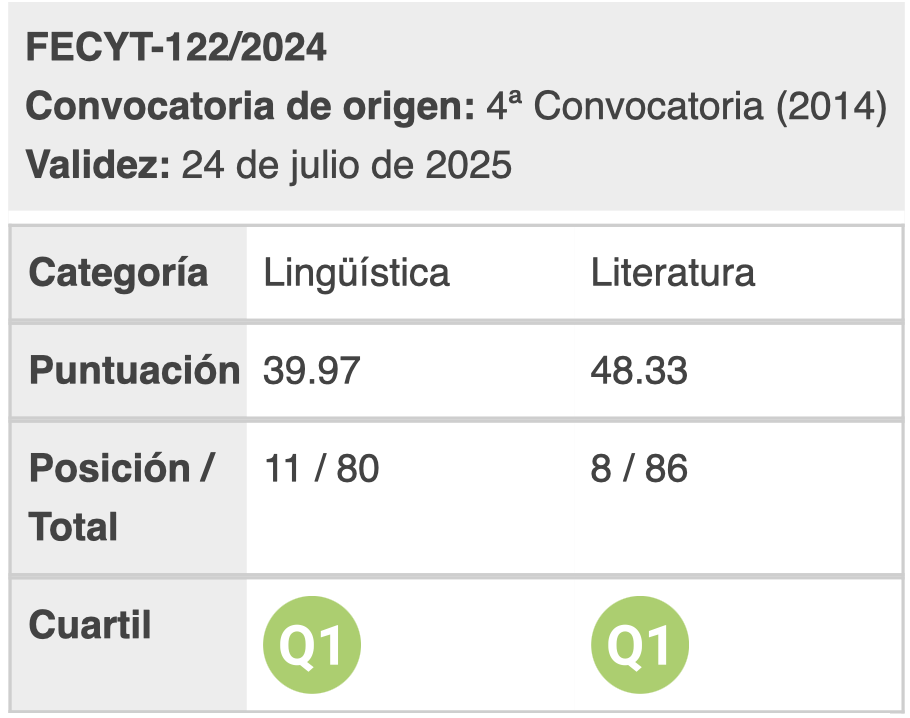Homo Consumable: Human Trafficking and Waste in Fernando A. Flores's Tears of the Trufflepig
DOI:
https://doi.org/10.28914/Atlantis-2022-44.1.07Abstract
Fernando A. Flores’s 2019 work Tears of the Trufflepig deals with, among other topics, the commodification and fetishization of disenfranchised human beings. The novel describes how a previously extinct indigenous community, the Aranaña people, is being artificially brought back into existence to enrich and expand the global black market via the shrinking and selling of their heads. Through the analysis of how shrunken heads, or tsantsas, are depicted in the story, together with the examination of the portrayal of South Texas as a landfill (therefore implying that its inhabitants are, by extension, human waste), the aim of this paper is to describe the process through which those who are considered ‘redundant’ or even ‘disposable’ can easily be transformed into a product for consumption. Ultimately, in the context of neoliberal capitalism, the story seems to suggest that not only can the category of ‘waste’ be applied to human beings, but even worse, that this categorization
proves to be a social construct driven by purely economic factors.
Downloads
Metrics
References
Agamben, Giorgio. 1998. Homo Sacer: Sovereign Power and Bare Life. California: Stanford UP.
Banerjee, Subhabrata Bobby. 2008. “Necrocapitalism.” Organization Studies, 29 (12): 1541–63.
Bauman, Zygmunt. 2004. Wasted Lives: Modernity and its Outcasts. Cambridge: Polity Press.
Blick, Jeffrey P. 1988. “Genocidal Warfare in Tribal Societies as a Result of European- Induced Culture Conflict.” Man, New Series, 23 (4): 654-70.
Chabran-Dernersesian, Angie, ed. 2006. The Chicana/o Cultural Studies Reader. New York: Routledge.
Domingo, Andreu. 2018. Demografía zombi: Resilientes y redundantes en la utopía neoliberal del siglo XXI. Barcelona: Icaria Antrazyt.
Flores, Fernando A. 2019. Tears of the Trufflepig. New York: MCD x FSG Originals. Green, Linda. 2011. “The Nobodies: Neoliberalism, Violence, and Migration.” Medical Anthropology, 30 (4): 366–85.
Hedges, Chris, and Joe Sacco. 2012. Days of Destruction, Days of Revolt. New York: Bold Type Books.
Lam, Joshua. 2018. “Black Objects: Animation and Objectification in Charles Chesnutt’s Conjure Tales.” College Literature, 45 (3): 369-98.
Lewis, Andrew (blue_beetle). 2010. “User-Driven Discontent.” Metafilter, August 26. [Accessed online on October 26, 2020].
Mbembe, Achille. 2003. “Necropolitics.” Public Culture, 15 (1): 11–40.
McKibben, Bill. 2006. The End of Nature. New York: Random House.
Nessel, Lori A. 2012. “Disposable Workers: Applying a Human Rights Framework to Analyze Duties Owed to Seriously Injured or Ill Migrants.” Indiana Journal of Global Legal Studies, 19 (1): 61–103.
Patterson, Orlando. 1982. Slavery and Social Death: A Comparative Study. Cambridge: Harvard UP.
Quesada, James, Laurie K. Hart, and Philippe Bourgois. 2011. “Structural Vulnerability and Health: Latino Migrant Laborers in the United States.” Medical Anthropology: Cross-cultural Studies in Health and Illness, 30 (4): 339–62.
Re-Member. 2017. “Pine Ridge Indian Reservation.” [Accessed online on March 30, 2021].
Reno, Joshua O. 2014. “Toward a New Theory of Waste: From ‘Matter Out of Place’ to Signs of Life.” Theory, Culture & Society, 31 (6): 3-27.
Rocco, Raymond. 2006. “The Theoretical Construction of the ‘Other’ in Postmodernist Thought: Latinos in the New Urban Political Economy.” In Chabran-Dernesesian 2006, 404-12.
—. 2016. “Disposable Subjects: The Racial Normativity of Neoliberalism and Latino Immigrants.” Latino Studies, 14 (1): 99–117.
Rubenstein, Steven Lee. 2007. “Circulation, Accumulation, and the Power of Shuar Shrunken Heads.” Cultural Anthropology, 22 (3): 357-99.
Serra, Richard. 1980. Richard Serra: Interviews, Etc. 1970-1980. The Hudson River Museum.
Signe Morrison, Susan. 2013. “Waste Aesthetics: Form as Restitution.” Interdisciplinary Studies in Literature and Environment, 1–15.
Stasiulis, Daiva. 2020. “Elimi(Nation): Canada’s ‘Post-Settler’ Embrace of Disposable Migrant Labour.” Studies in Social Justice, 14 (1): 22-54.
Steel, Daniel. 1999. “Trade Goods and Jívaro Warfare: The Shuar 1850-1957, and the Achuar, 1940-1978.” Ethnohistory, 46 (4): 745-76.
Downloads
Published
How to Cite
Issue
Section
Funding data
-
Ministerio de Ciencia e Innovación
Grant numbers PID2019-106798GB-I00








